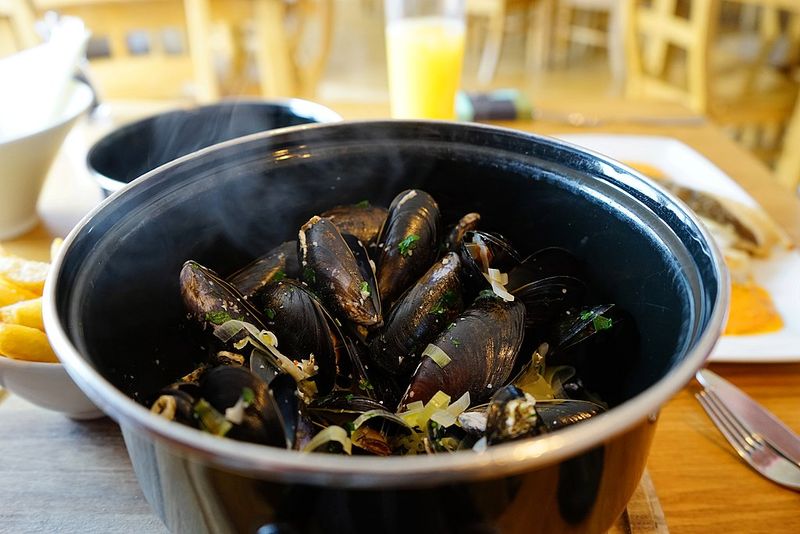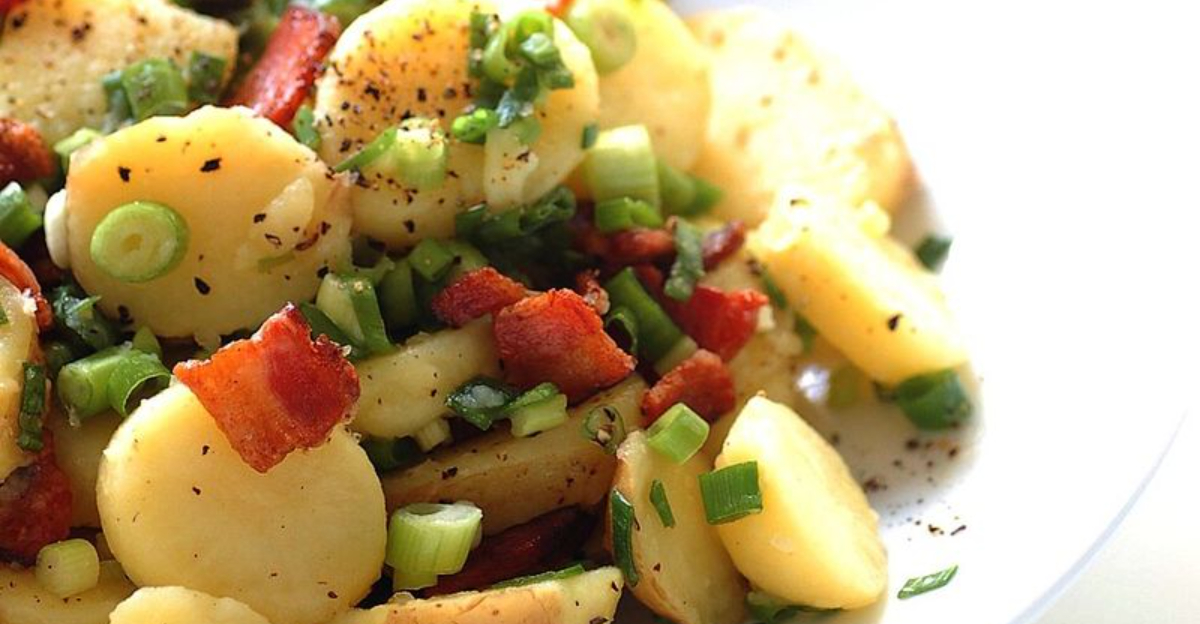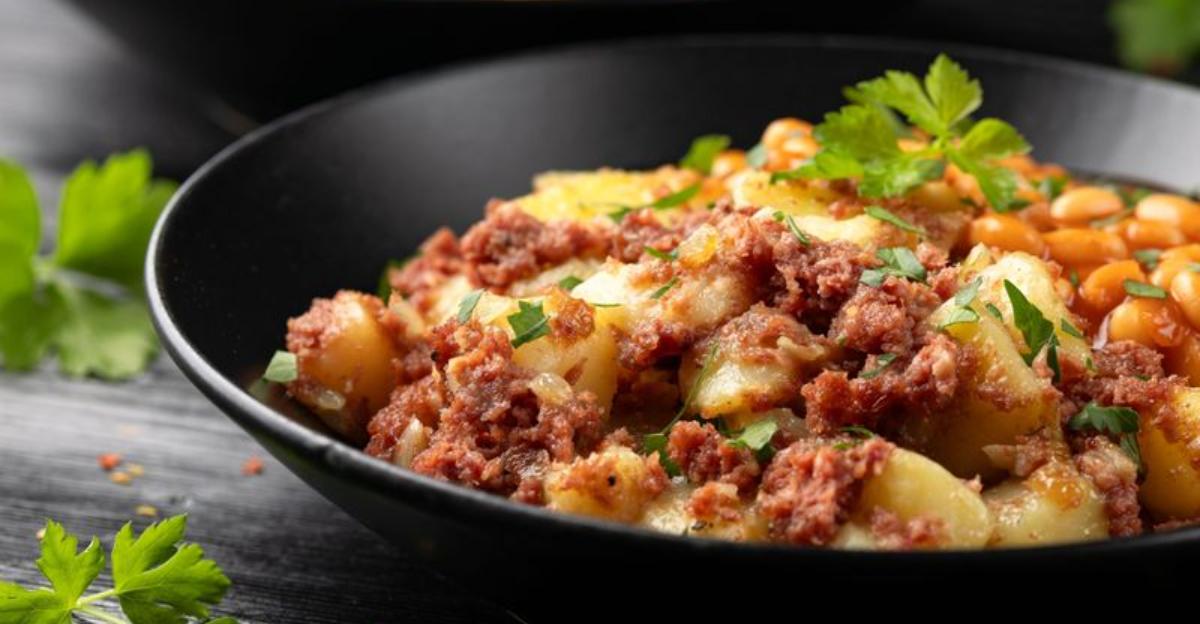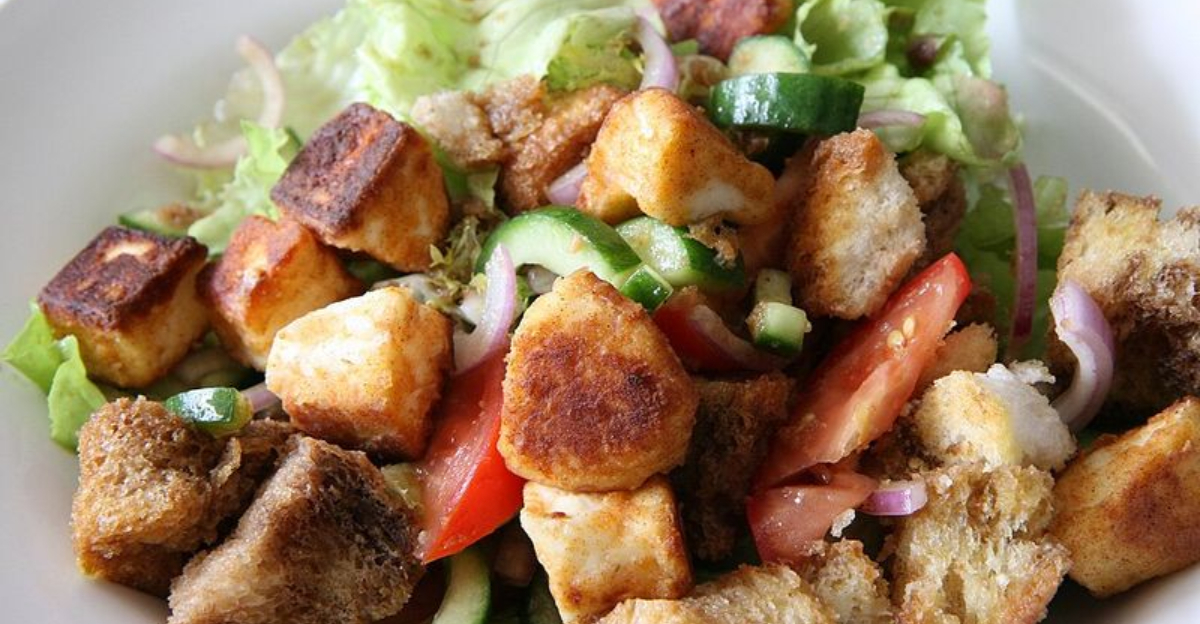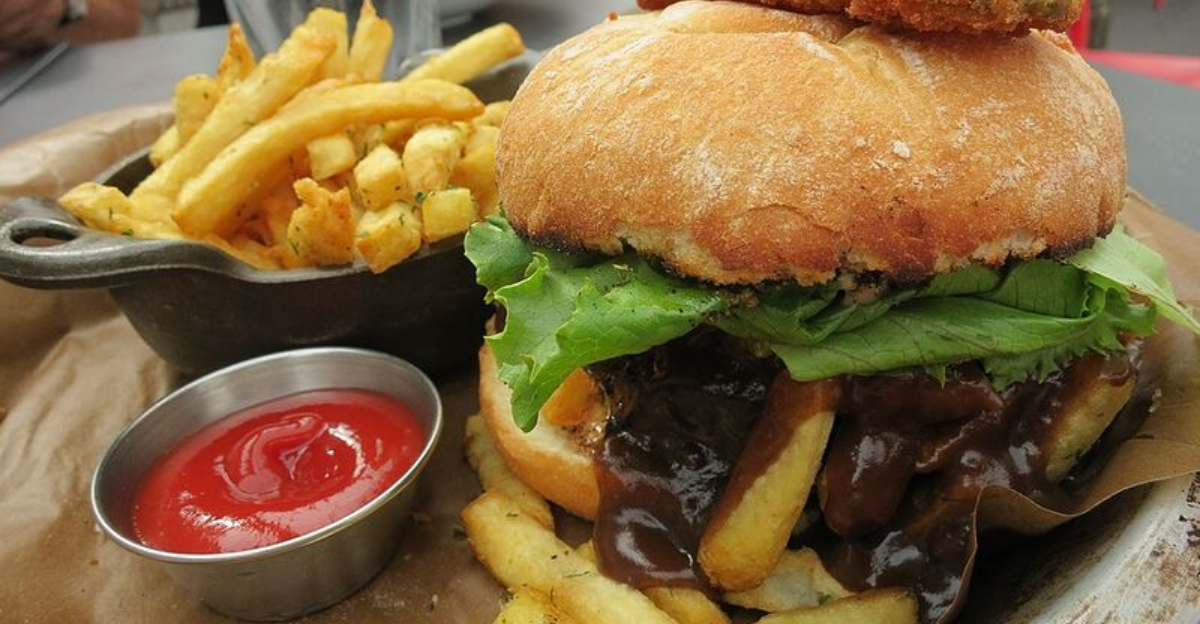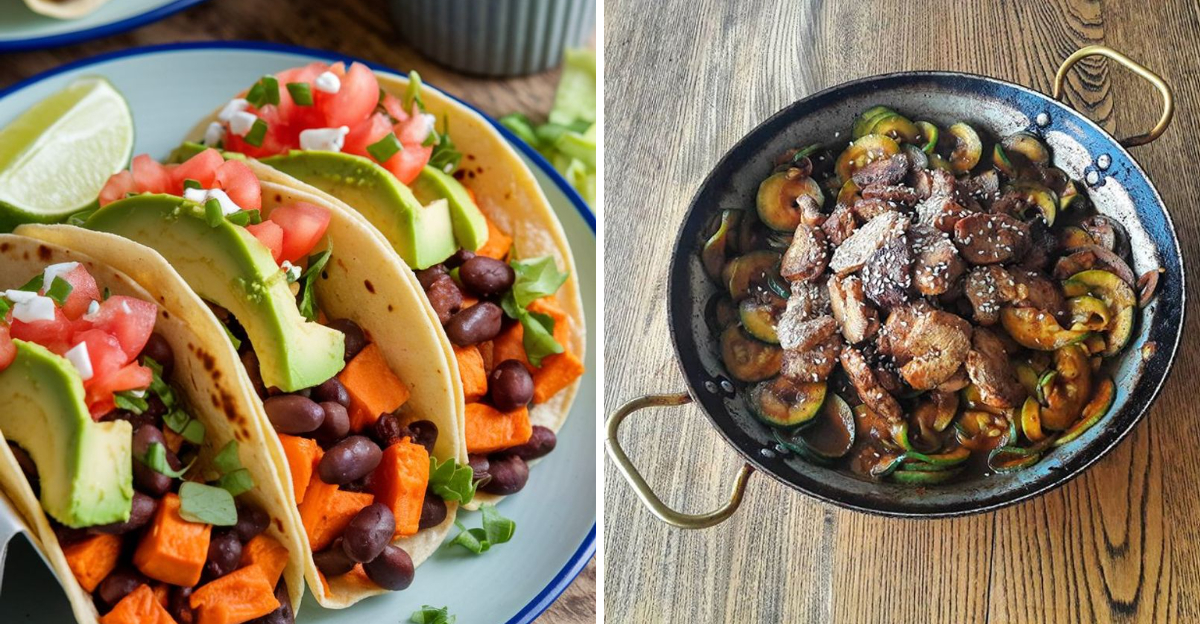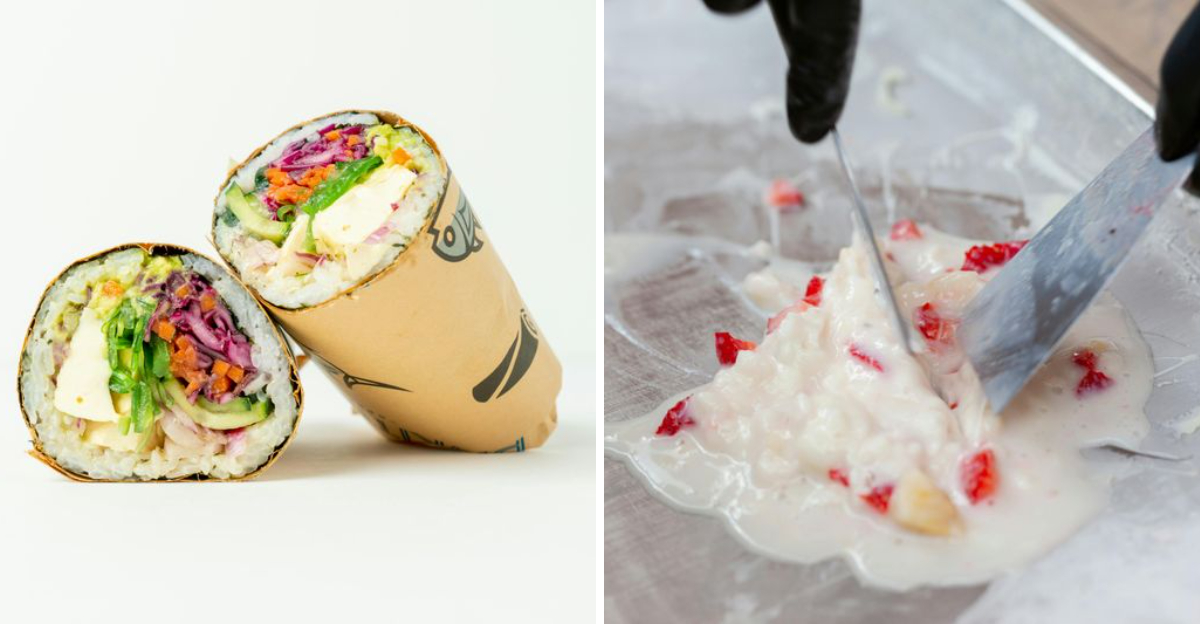15 Foods That Were Once Surprisingly Affordable
Funny how some foods pulled a full Cinderella move, right? Lobster once piled up as prison grub, now it’s bathed in butter under chandeliers.
Same goes for cuts of meat once called scraps, now served with truffle shavings and bragging rights. Smells of smoky grills, salty sea steam, and sizzling fat once meant survival, not status. Tastes evolved, wallets cried, and menus got fancier.
Let’s dig into the delicious underdogs that went from humble to high-class faster than you can say “market price.”
Disclaimer:
All information in this article is provided for general interest and entertainment purposes. Historical price trends, cultural anecdotes, and food origins are based on reputable culinary sources available at the time of writing. Availability, pricing, and preparation methods may vary by region and over time. Readers should verify current costs or sourcing details before making purchasing or travel decisions.
1. Lobster
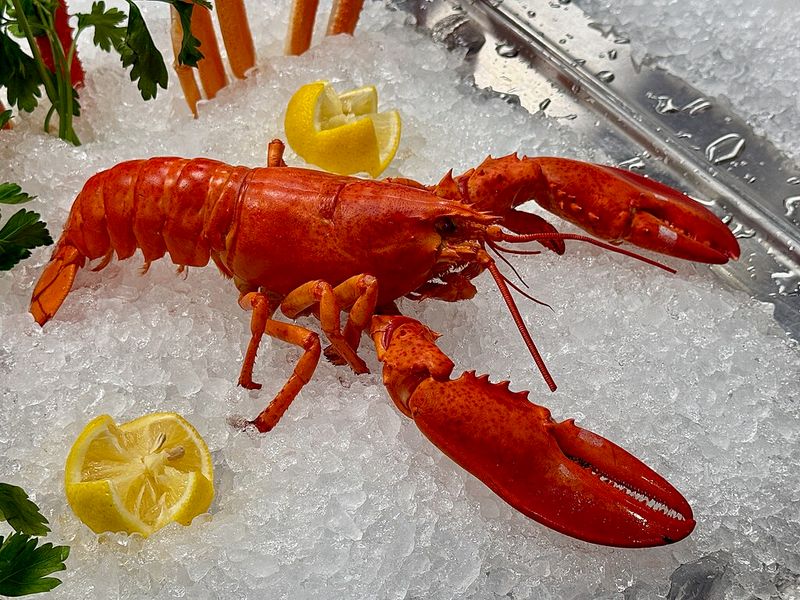
Back in colonial America, lobster was basically ocean garbage. Fishermen used them as fertilizer and fish bait because they were so plentiful along the coastline.
Prisoners complained when they had to eat lobster more than three times weekly. Seriously, imagine complaining about lobster dinners!
Today, lobster rolls cost twenty bucks, and fancy restaurants charge triple digits for a full tail.
2. Oysters
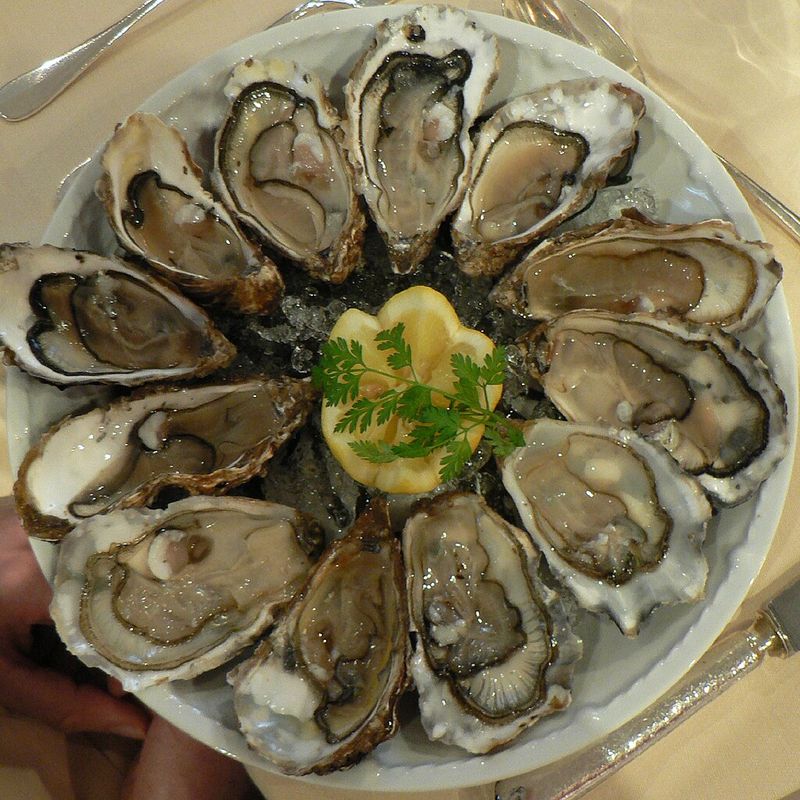
Once upon a time in old New York City, oysters were the hot dogs of their era. Street vendors sold them for pennies, and working-class folks gobbled them down during lunch breaks.
Overfishing and pollution eventually made oysters scarce and pricey. Now they’re served at upscale restaurants with champagne pairings.
Who knew slurping salty morsels could become so posh?
3. Caviar
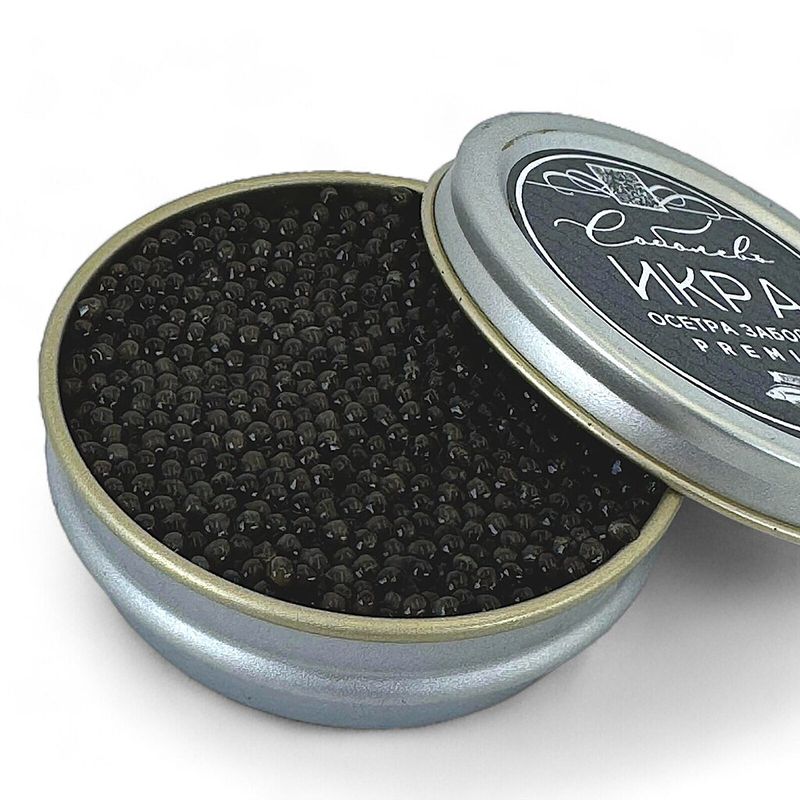
Believe it or not, caviar was once free bar snack material in American saloons during the 1800s. Bartenders figured the salty fish eggs would make customers thirsty and order more drinks.
Sturgeon swam abundantly in rivers, so harvesting their eggs was no big deal. Overfishing changed everything, though.
Now genuine sturgeon caviar costs hundreds per ounce. Talk about inflation!
4. Chicken Wings
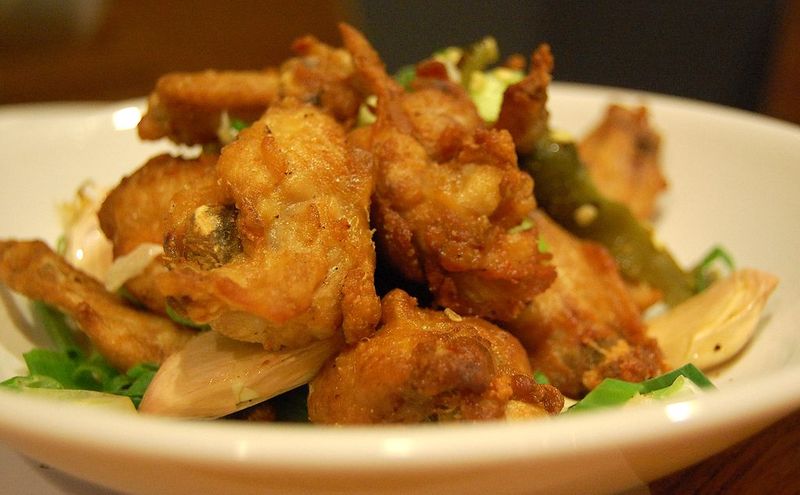
If you’re shocked, you should be. Chicken wings were literally thrown away or used in soup stock until the 1960s. Butchers couldn’t sell them because Americans only wanted breast meat.
Then Buffalo, New York invented Buffalo wings, and suddenly everyone wanted them. Game day parties made them legendary.
Now wing prices skyrocket during football season. Supply and demand strikes again!
5. Brisket
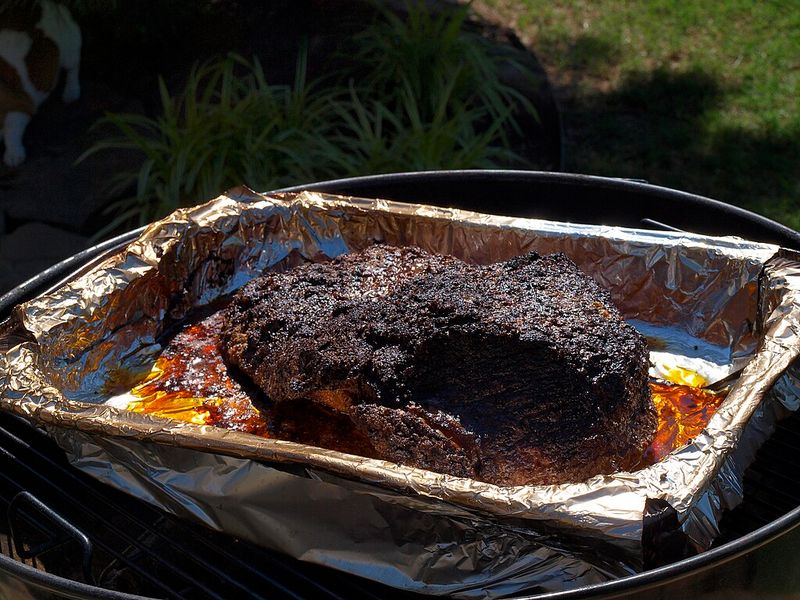
Brisket used to be the cut nobody wanted because it’s tough and needs hours of cooking. Butchers practically gave it away to anyone willing to take it home.
However, slow-cooking magic and Texas barbecue culture transformed this underdog into smoky perfection. Pitmasters turned trash into treasure with patience and smoke.
These days, good brisket costs more per pound than fancy steaks. Crazy, right?
6. Short Ribs
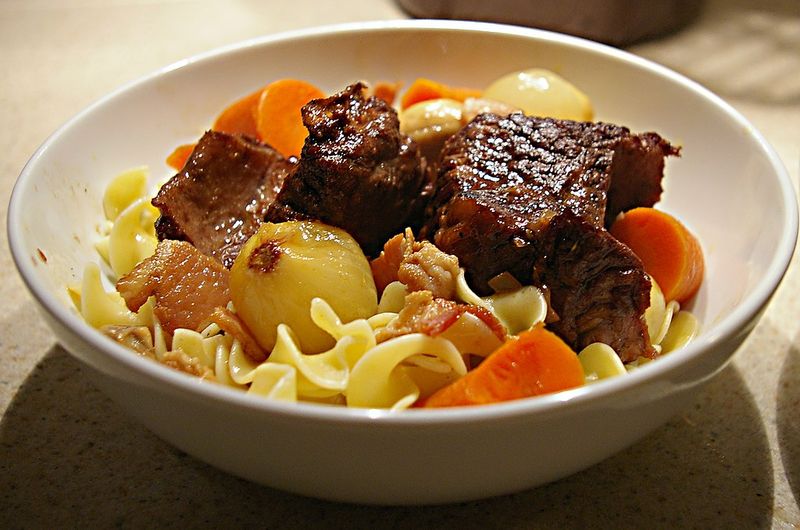
Short ribs were classic Depression-era food because they were fatty, bony, and super cheap. Families stretched their budgets by slow-cooking these affordable cuts into hearty stews.
Fast forward to today, and fancy restaurants braise them in wine and serve them as gourmet entrees. Food Network chefs made them trendy and desirable.
Now you’ll pay restaurant prices that would shock your great-grandparents silly.
7. Skirt Steak
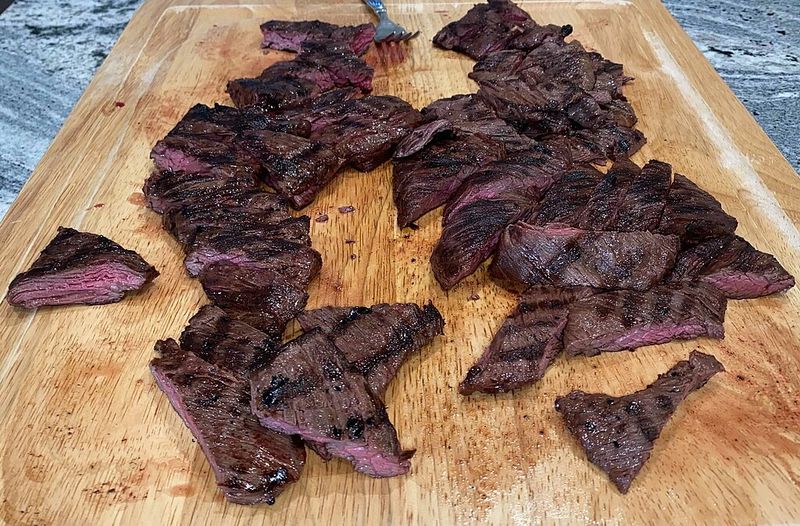
Skirt steak was butcher scraps for decades. This thin, chewy cut got tossed aside while customers grabbed sirloins and ribeyes instead.
Then fajitas exploded in popularity during the 1980s, and suddenly everyone needed skirt steak. Mexican and Tex-Mex cuisine made it a must-have ingredient.
Though it’s still thinner than other cuts, the price per pound now rivals premium steaks. Fajita fans changed the game!
8. Oxtail
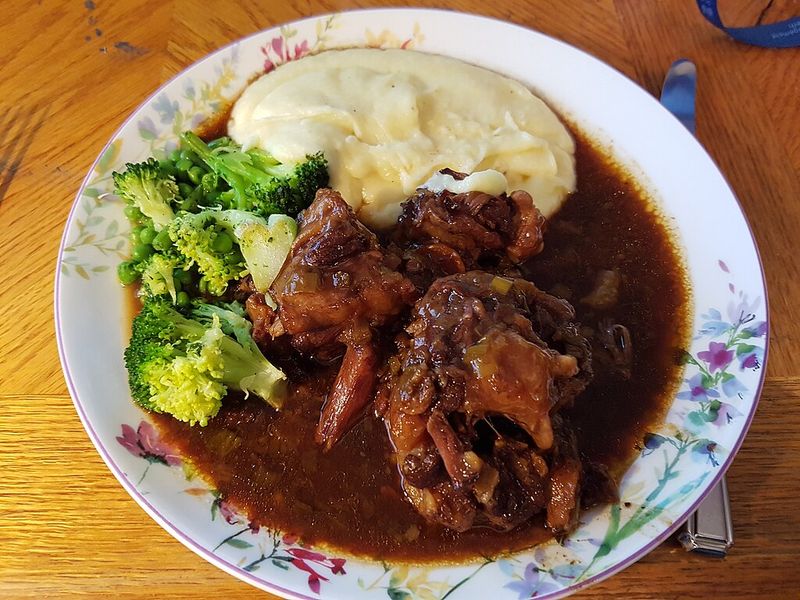
Oxtail was peasant food across multiple cultures because, well, it’s literally cow tail. Most people considered it undesirable scraps fit only for making cheap soup or stew.
Caribbean, Korean, and soul food traditions showed the world how delicious slow-cooked oxtail could be. Gelatinous, rich, and fall-off-the-bone tender.
Now oxtail costs more than regular beef cuts. Popularity has its price, folks!
9. Pork Belly
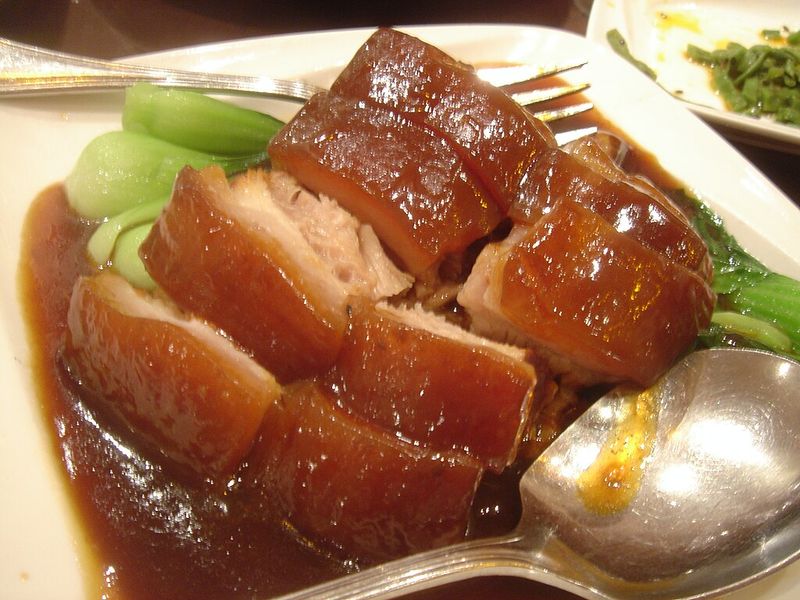
Pork belly was the fattiest, cheapest part of the pig that butchers struggled to sell. Americans wanted lean pork chops, not jiggly slabs of fat and meat.
Asian cuisine and the bacon craze changed everything. Foodies discovered crispy pork belly was absolutely divine when cooked right.
Restaurants now charge premium prices for this once-humble cut. Bacon’s popularity made pork belly a star ingredient everywhere.
10. Bone Marrow
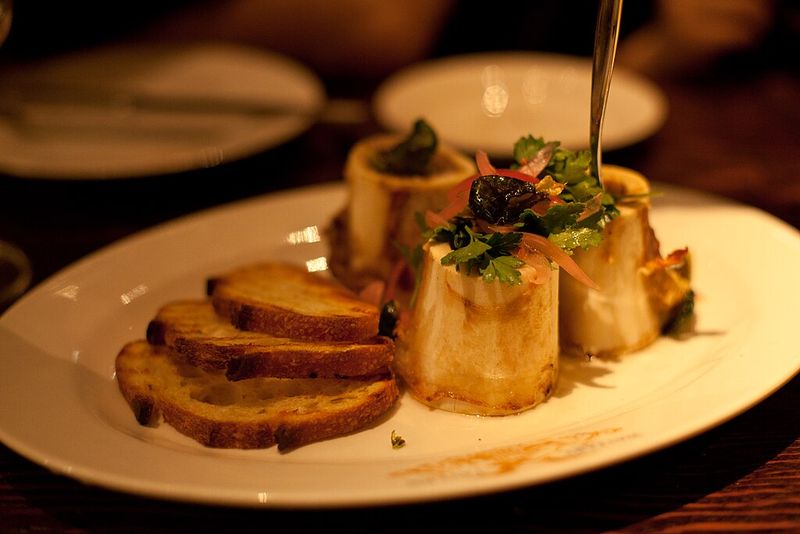
Butchers used to give away marrow bones for free because they were considered dog treats. People didn’t realize the creamy, fatty goodness hiding inside those bones.
Trendy chefs started roasting marrow and spreading it on toast like fancy butter. Food bloggers went wild posting photos of this “new” delicacy.
Now bone marrow appears on upscale menus with double-digit price tags. Dogs everywhere are jealous!
11. Mussels
Mussels were poor people’s protein in coastal communities because they clung to rocks everywhere and required zero effort to harvest. Fishermen could gather buckets for free.
European-style preparations made them fashionable in American restaurants. Moules marinières became a bistro staple that diners craved.
While still cheaper than lobster, restaurant mussel dishes now cost way more than their humble origins suggest. Perception is everything!
12. Sardines
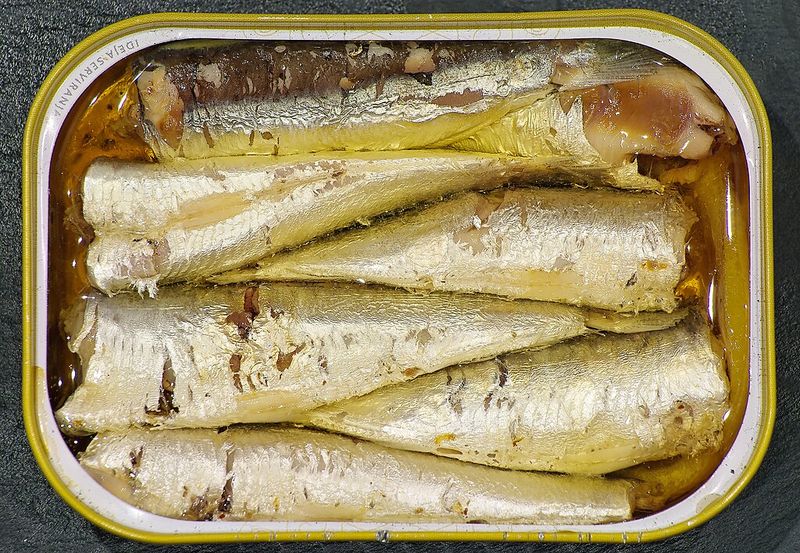
Canned sardines were Depression-era survival food and military rations. Cheap, shelf-stable, and packed with protein, they fed millions during hard times.
Nowadays, fancy imported sardines from Portugal and Spain cost serious money at specialty stores. Hipster foodies collect artisanal tins like trading cards.
What was once grandpa’s budget lunch is now a trendy appetizer at wine bars. Times really do change!
13. Octopus
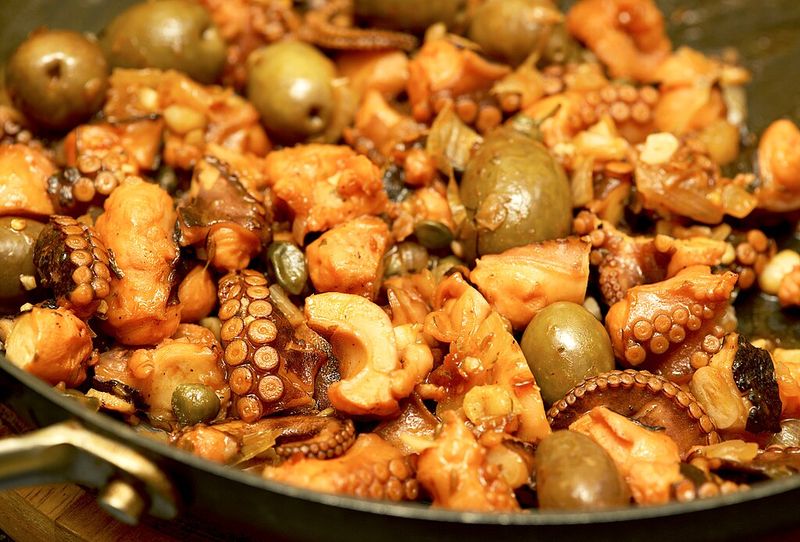
Octopus was bycatch that fishermen didn’t want because it looked weird and most Americans wouldn’t touch it. Many cultures considered it trash fish suitable only for bait.
Mediterranean and Japanese cuisine taught the world that properly prepared octopus is tender and delicious. Grilled, braised, or raw, it became trendy.
Today, octopus appetizers at restaurants cost more than entire meals used to. Tentacles became fancy!
14. Squid And Calamari
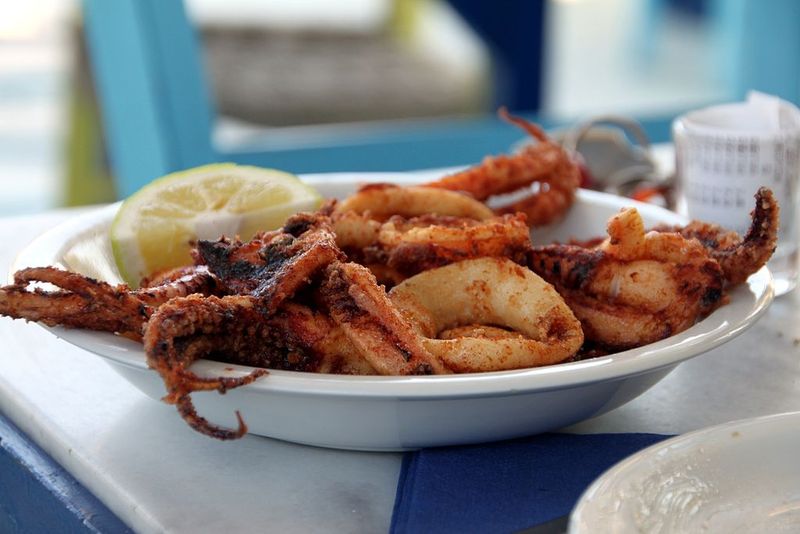
Squid was another fisherman’s reject that nobody wanted to buy or eat. It seemed too strange, too rubbery, and definitely not appetizing to most Americans.
Italian restaurants introduced fried calamari, and suddenly squid became a beloved appetizer. Crispy, tender, and served with marinara sauce, it won hearts everywhere.
Now calamari appears on nearly every seafood menu with prices that would surprise earlier generations. Deliciousness won!
15. Skate Wing
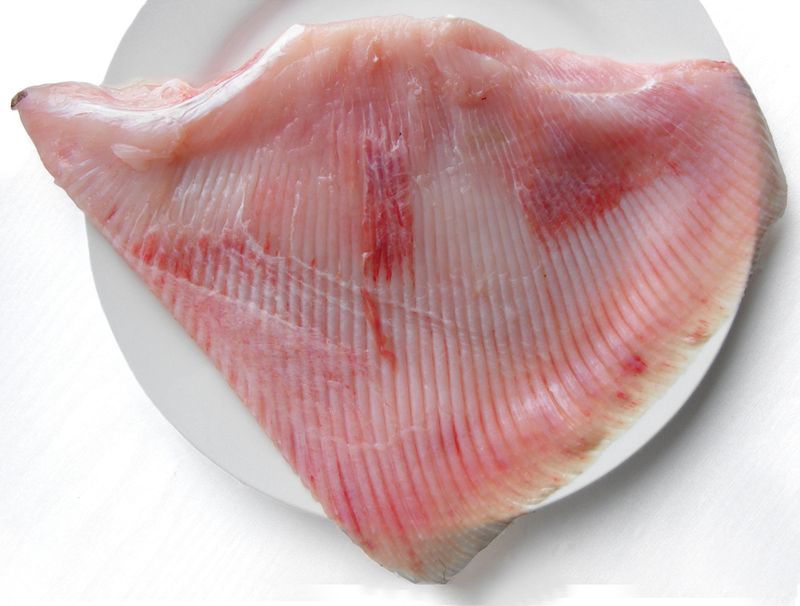
Skate wing was considered bait or throwaway fish because of its unusual flat shape and cartilage structure. Commercial fishermen had zero interest in selling it.
French cuisine showed that skate wing cooked in brown butter is absolutely heavenly. Its delicate, sweet flavor impressed adventurous diners.
Though still less common than other fish, skate wing now commands respectable prices at seafood markets. Culinary education changed everything here!

